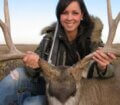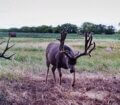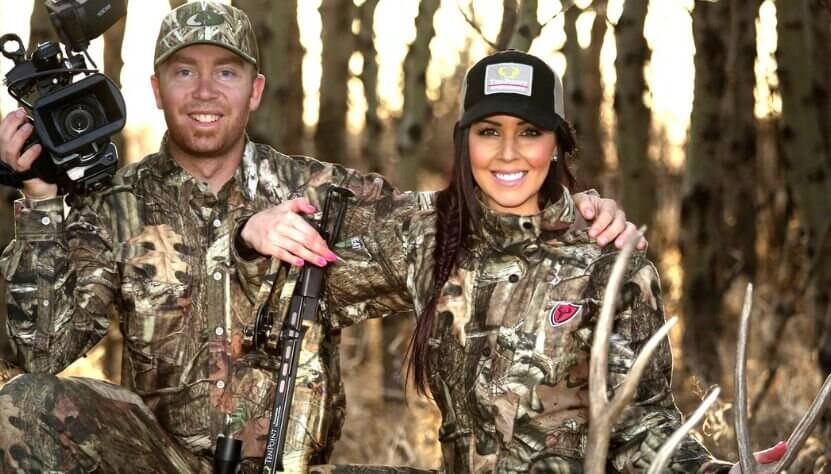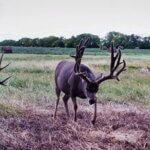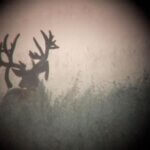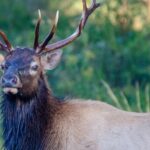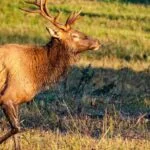Editor’s Note: Cody Robbins lives in an area home to some of the best mule deer, whitetail deer, and elk hunting in North America. Most specifically, he believes, “Here in Delisle, Saskatchewan, we have bigger mule deer than you’ll find anywhere else.” Cody and his wife, Kelsey, host the TV show “Live2Hunt“. He explains this week why he can hunt some of the biggest mule deer in the mule deer’s home range. To learn more about Cody, visit his Facebook Page.
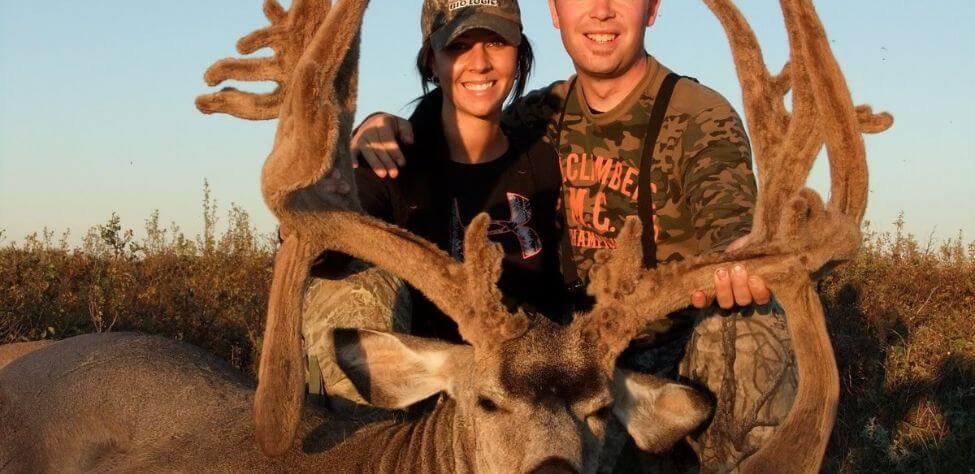
I camped out on that large buck (see Day 2) morning and night for 41 of the 47 days before the beginning of the archery season in 2011. I understood what a rare opportunity I might have to hunt this buck. I knew this mule-deer buck was the buck of a lifetime. I had never seen an immense buck like this, and I wanted to watch him as much and as long as I could before I tried to take him. I even had trail-camera pictures of this buck the year before I took him, although he was only 202 inches in 2010.
On the opening day of the archery season, September 1, 2011, I made a big mistake. There wasn’t any wind blowing, and I got too close to the monstrous mule-deer buck while trying to sneak up on him. The wind swirled when I was about 20 yards from him, and he saw me move. Suddenly, he spooked. I spent the rest of the day trying to find him, but I didn’t. My cameraman, Shane Hunter, and I also spent the next two days attempting to locate him. He didn’t show up until September 3, 2011. He was about 1-1/2 miles from where I’d spooked him on the first day I hunted him in sagebrush.

At that point, I was still shaking so badly that I couldn’t get the jaws of my mechanical release open. But eventually, I got the release clicked on to my bowstring, my bow pulled back to full draw, and I stood up. I remember bringing my sight housing up his leg, setting my 20-yard pin behind his shoulder, and feeling like I was holding 1,000 pounds. Eventually, I got my sight pin on his white belly hairs and then moved to his brown side. This grand buck took half a step and turned directly away from me with his butt in my face. I squeezed the trigger on my mechanical release. The arrow disappeared in the buck. He went 80 yards and tipped over after I made the shot that I had always dreamed of making.
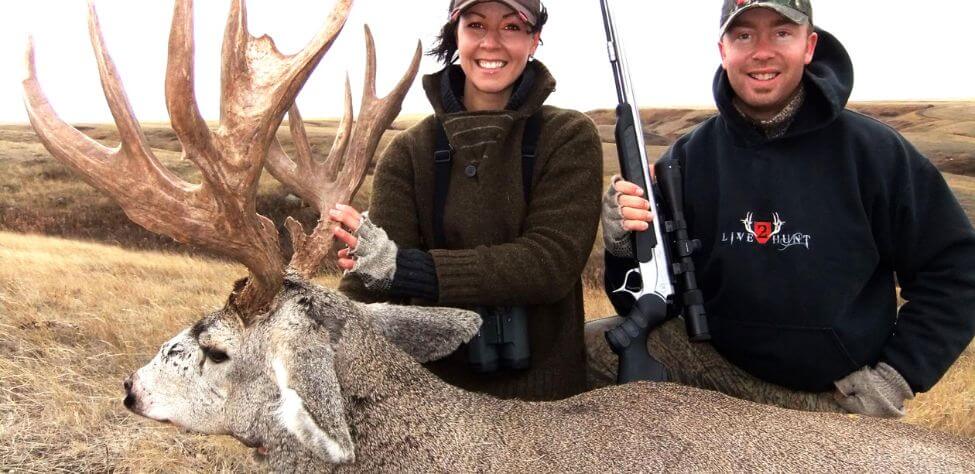
The solution that the older hunter who talked to me had devised was to shoot the deer while he was stretching. When this happened, the mule deer usually looked straight out in front of himself. Since his big ears covered his eyes, the mule deer couldn’t see the hunter. The hunter then aimed right between the mule deer’s legs at the white part of his belly below his buttocks. When he released the arrow, it would travel straight through the buck’s ribcage and right into his heart and esophagus.
That memory flashed through my mind when I saw that enormous buck stand up and look away from me. So, that’s precisely where I aimed when I released the arrow. During the shot, for lack of a better term, I used the testicles as the bullseye. The only thing between my broadhead and the mule deer’s heart, lung, and esophagus was soft tissue. You must be close to the buck to take that shot. That wasn’t a shot that I had planned to take, but when I saw the shot, I felt confident I could make it. At that moment, you’d see that the white hair between the buck’s legs is quite a big target.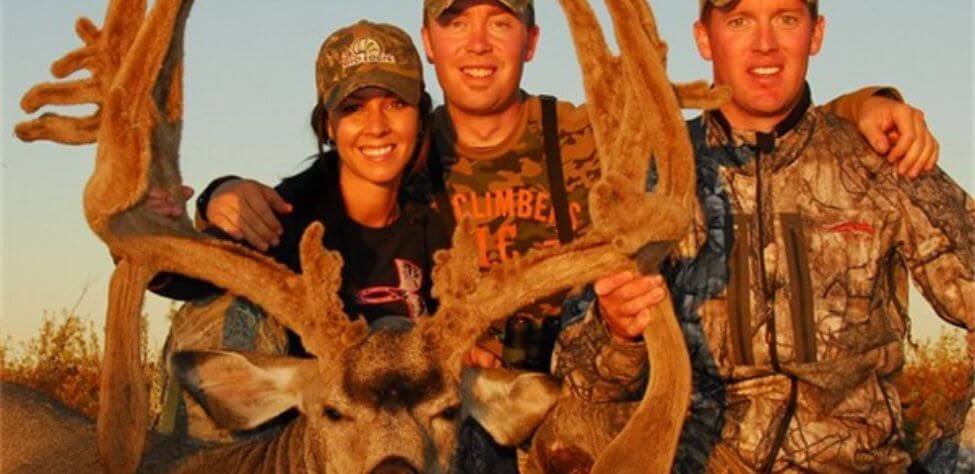

Tomorrow: Shooting a Monstrous Canadian Mule Deer

